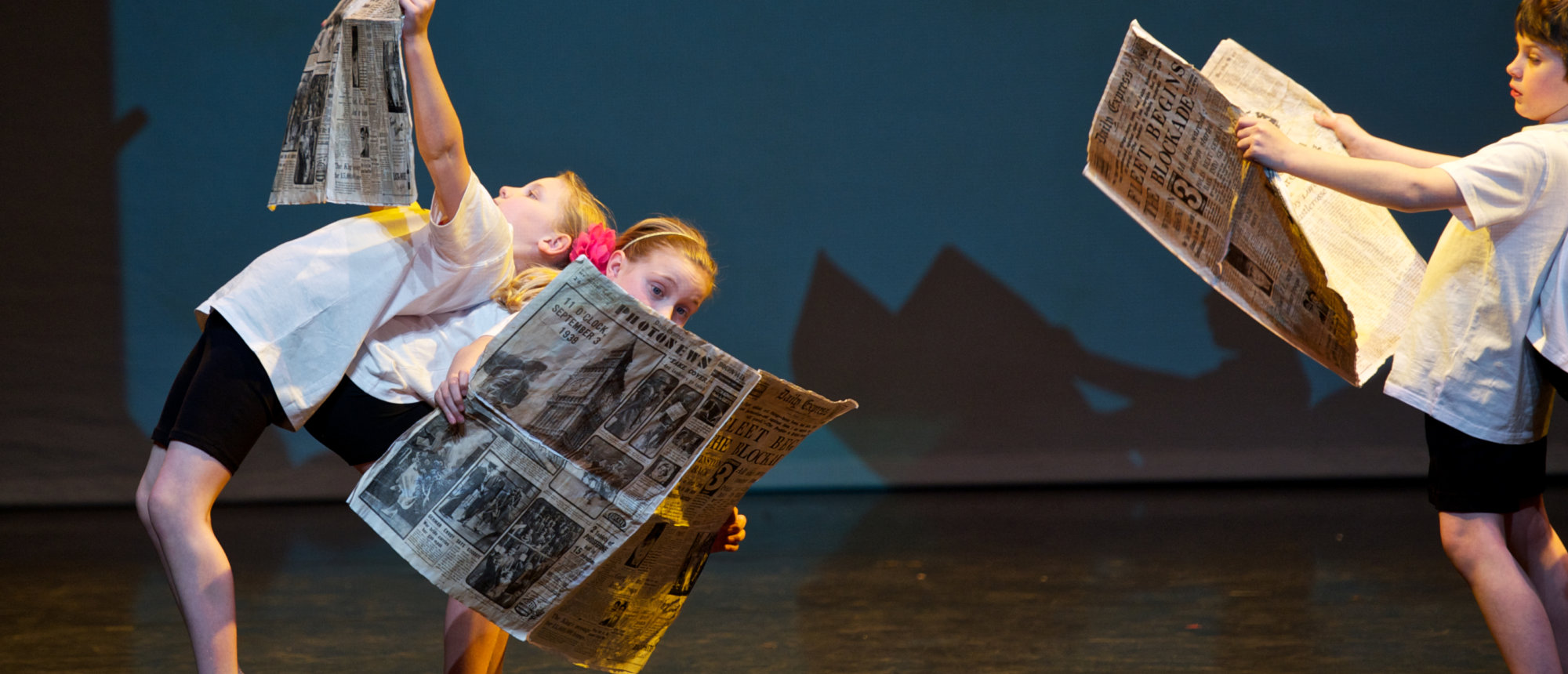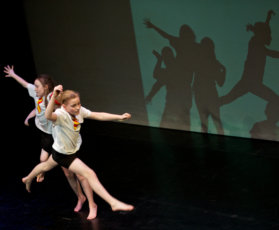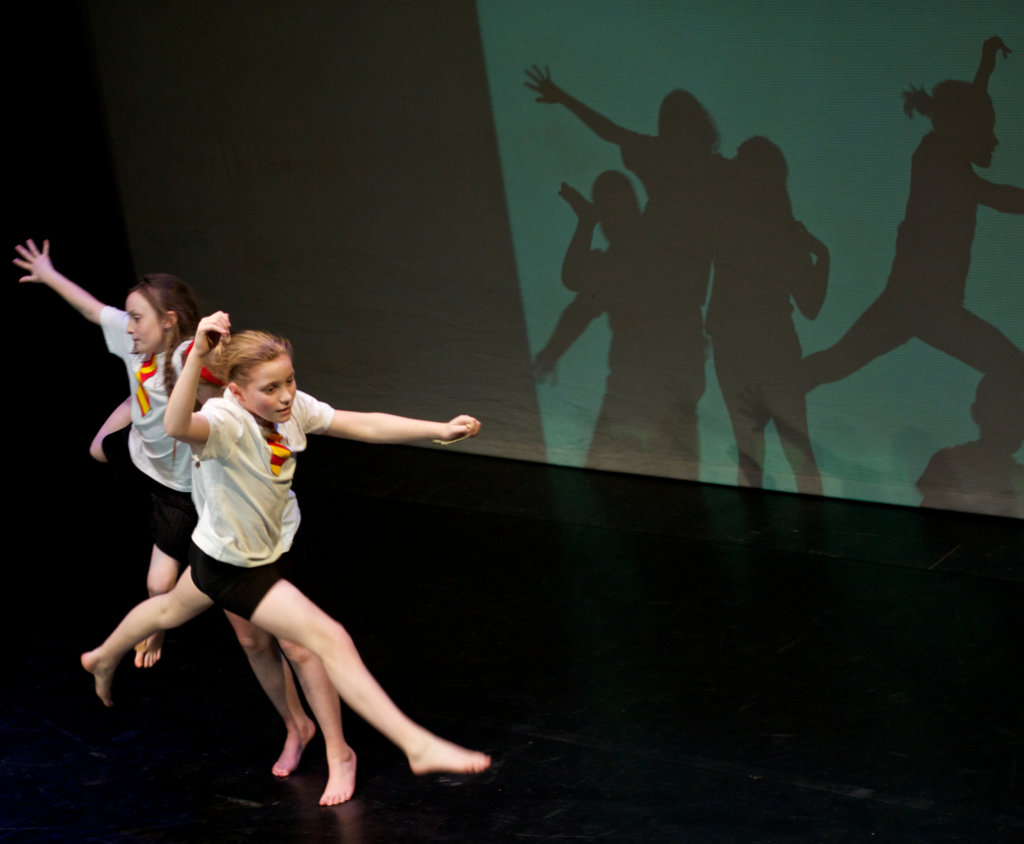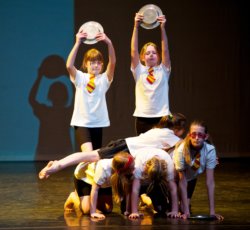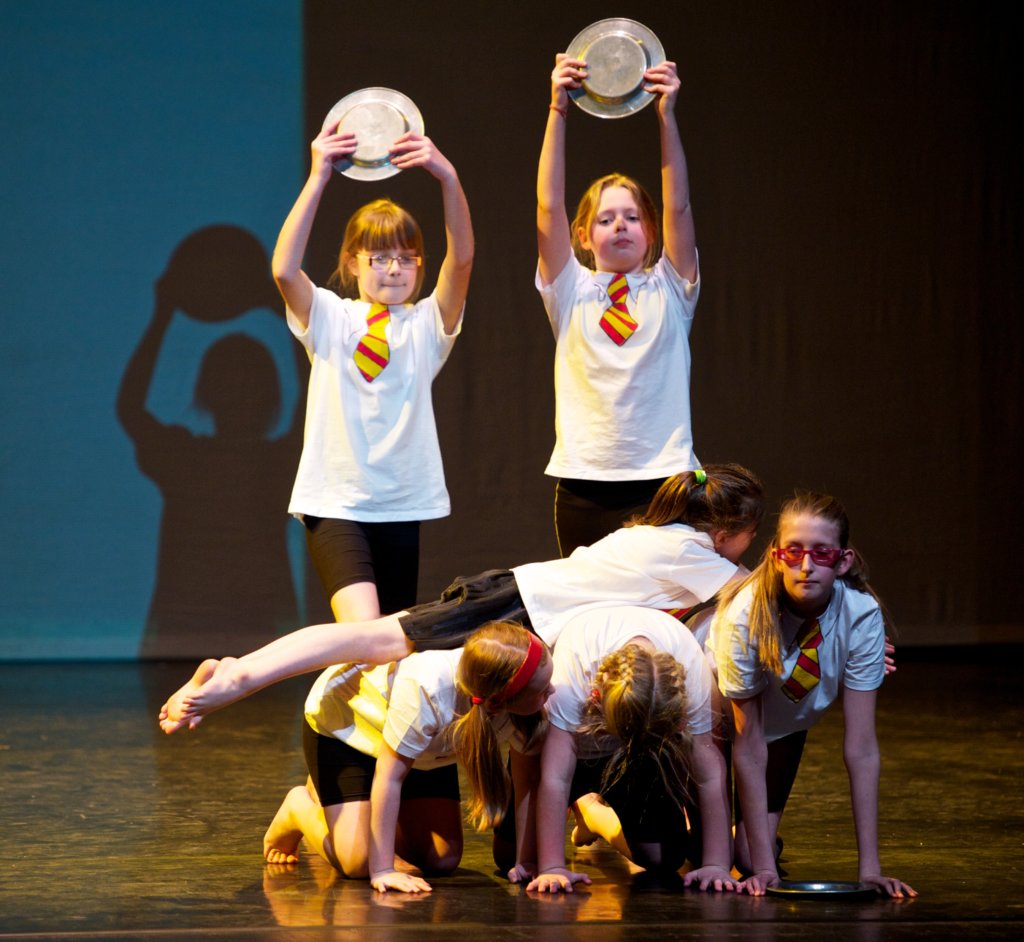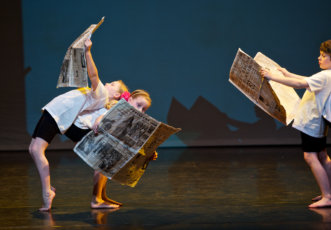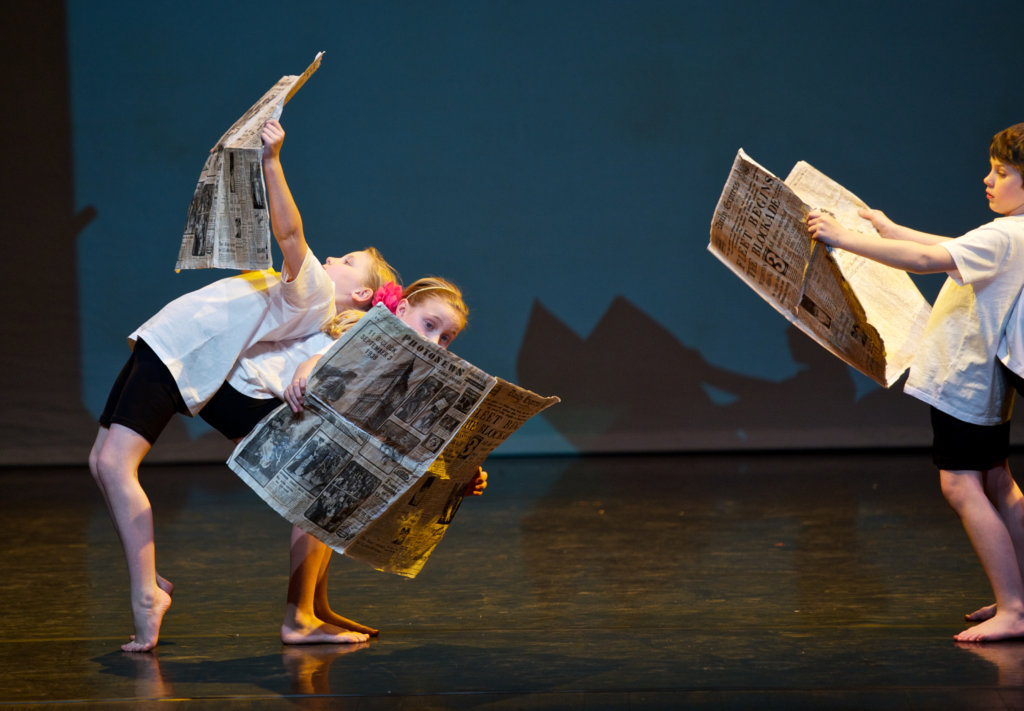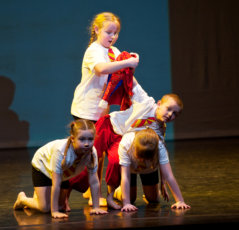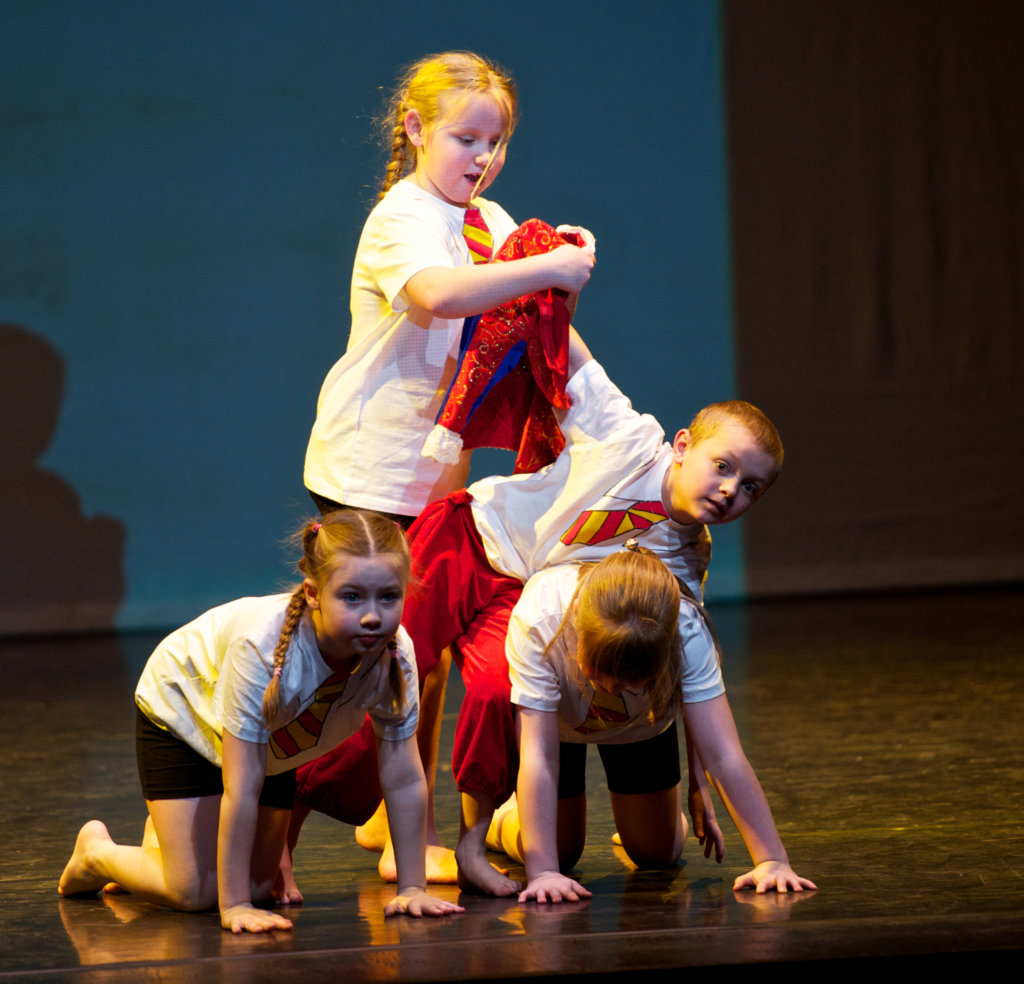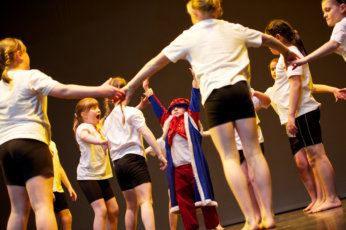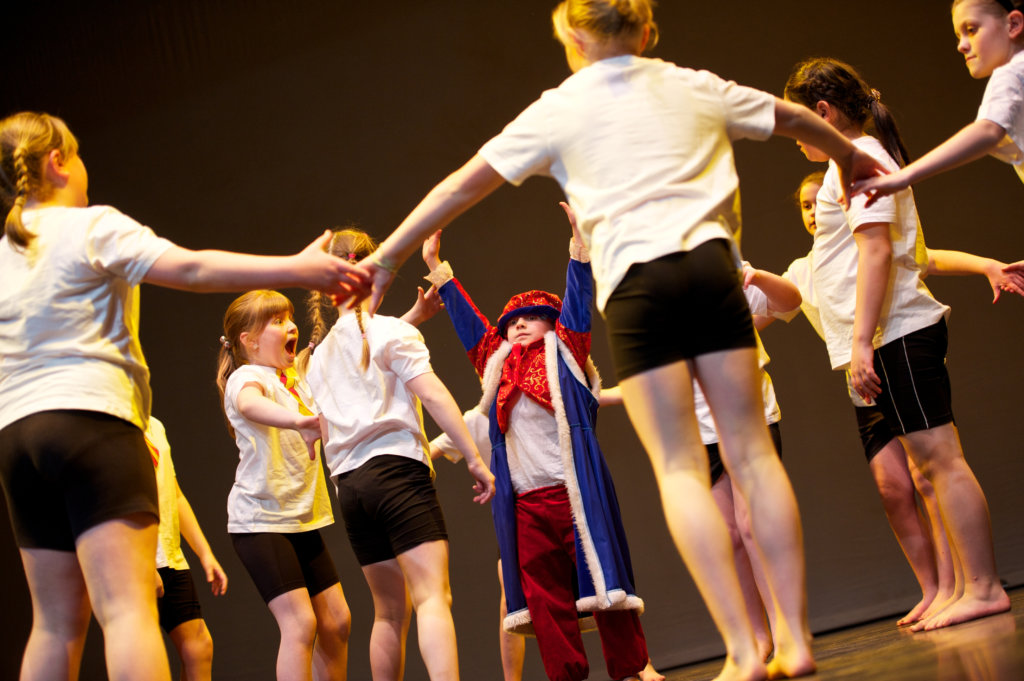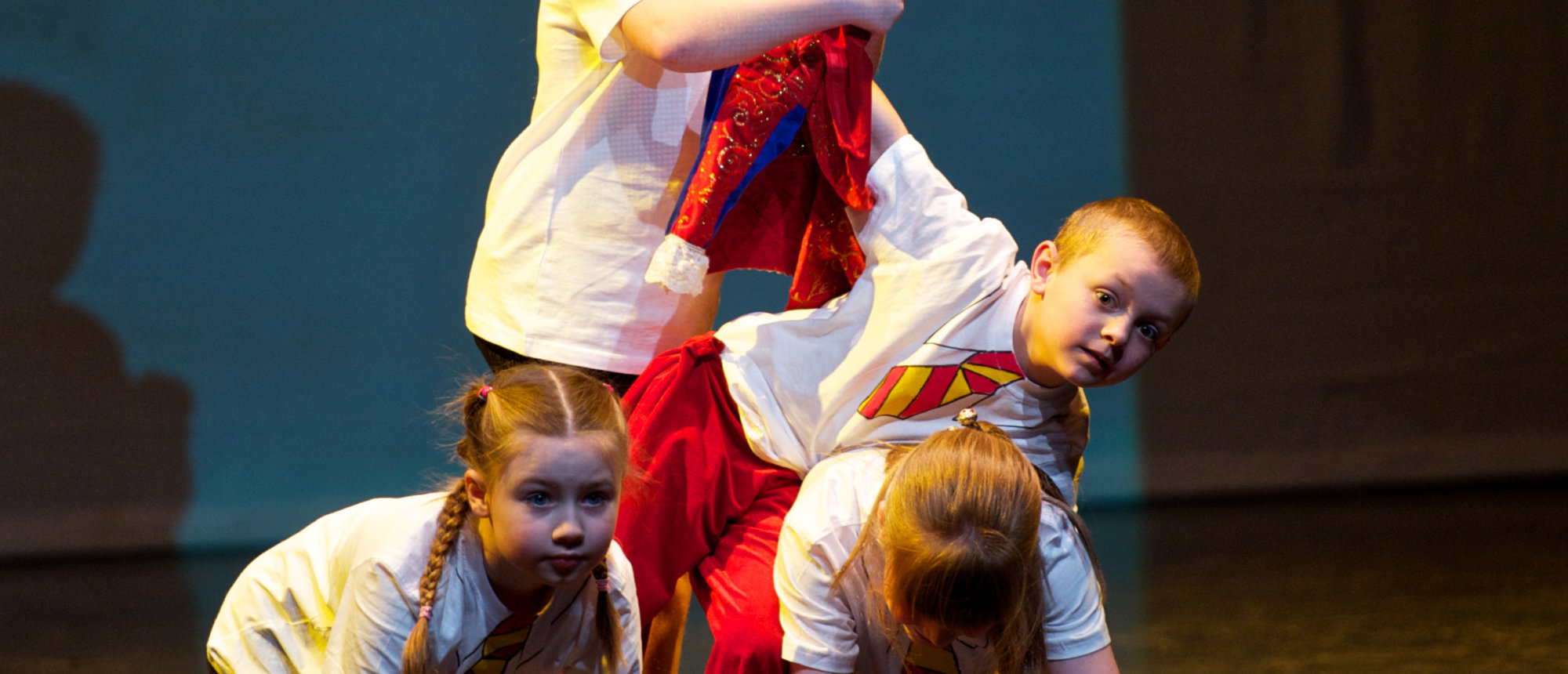About these activities
These activities are inspired by the theme of the exploration of history.
They explore movement and dance.
They can be used
- as stand alone activities or
- as follow up to an ‘Ordsall Alive’ session at Ordsall Hall.
There are Dancing the Past to Life resources on other themes: View all the Dancing the Past to Life resources.
Activities
Starter Activity - Focus
The class stands in a circle and takes part in a focus activity such as passing a clap or passing a movement around the circle in canon. This promotes good team work and concentration and focuses the children before starting the rest of the session. See Dancing the Past to Life clip 1 for some ideas
Starter activity - Warm Up
Standing in a circle the class follow the teacher in a warm up to music which mobilises the body and increases the heart rate. The warm up could incorporate movements that start to introduce the theme before basic stretches for the hamstrings, quadriceps (thighs) and calves are carried out. See Dancing the Past to Life Clip 2 for some ideas.
Plenary activity - History is Boring...or is it?
Objectives
To work as a whole class to create a scene exploring the concept of boredom.
Activities
Ask the children to find their own space in the room. Children then explore their personal space considering the size, level, direction and dynamics of shapes and movement. See Dancing the Past to Life clip 3 for spatial work ideas.
Work as a whole class to create a scene to show ‘History’s Boring! Or is it?’. Start by asking each child to work independently to create 4 movements that would show being bored (e.g. yawning, slouching, holding head in hand) and ensure they make them interesting by changing levels between the movements. Take 8 counts for each movement. Get the children to then stand really close together as a whole class to perform their individual movements and also select some of the movements to do as unison together.
Plenary activity - History Detective Solos
Objectives
To explore actions, space and dynamics to create a solo imagining they are ‘The History Detectives’ investigating artefacts, photos, newspapers and costumes to find out about the past.
Activities
Using the movement alphabet (see below) as a starting point, create a solo taking on the role of ‘The History Detective’ exploring the space.
The Dancing the Past to Life Clip 4 has examples of alphabet solos:
Download Movement alphabet as a PDF
Movement Alphabet
| Movement Alphabet | |||
| A | arch, advance, arrive | N | nod, nudge |
| B | Bounce, burst, balance, bend | O | open |
| C | Creep, curl, crawl, circle, crouch, collapse | P | Pounce, pause, pulsate, push, pull, punch |
| D | Dart, drag, dive, drop, dodge | Q | Quake, quiver |
| E | Escape, elevate, extend, enter, explode | R | Roll, rewind, reverse, reach, run, rise, rest, retreat |
| F | Float, freeze, fly, flop, fall, fling | S | Spin, sway, slither, stretch, sink, skip, settle, step, stalk, stop, slide, swing, sag |
| G | Grow, give, gesture, glide | T | Turn, travel, tip, twist, tilt, touch, tiptoe, throw, twitch |
| H | Hop, hover, hold | U | Undo, upturn |
| I | Invert, isolate | V | vanish |
| J | Jump, jerk, jab, jive | W | Wiggle, wobble, walk, whirl, wave |
| K | Kick, knot, kneel | X | expand |
| L | Lunge, leap, lean, linger, lift | Y | Yoyo, yawn |
| M | Move, meander, melt | Z | zigzag |
| Feel free to add more if you can think of them! | |||
Plenary activity - History Detectives Duet
Objectives
To explore personal and whole space to create shapes and to travel in interesting ways around the space
To work with a partner to manipulate the solos created last week fusing them together considering the use of space and in particular the use of over, under and around
Activities
This activity follows Plenary activity – History Detective Solos
Split the group in half and ask one half to make interesting shapes around the room and the other half to travel around them in interesting ways (explore directions, levels and actions) and also to find interesting ways to travel over, under and around the static people. See Dancing the Past to Life Clip 3 for examples of spatial ideas.
Children then work with a partner to create a duet manipulating their solos and fusing them together considering the use of space and in particular the use of over, under and around each other. See Dancing the Past to Life clips 5 and 7 for examples of alphabet duet work.
Ensure the children remember they are ‘The History Detectives’ and show the characterisation and searching, investigating and exploring as they create and then perform their duets.
Appreciation – share the duets with the rest of the class. Ensure the children remember they are ‘The History Detectives’ and show searching, investigating, exploring as they perform their duets.
Plenary activity - Exploring an Artefact
Objectives
To work with a partner to learn some basic lifts
To use artefacts and sources from history as stimuli for group dances
Activities
Put the children in pairs and teach some basic contact work, lifts and counterbalances such as pushes and pulls, pull through and hip lift. See Dancing the Past To Life clip 6 for contact work ideas.
Ensure safe practice and use mats if appropriate.
Put the children into groups of 4 or 5 and provide them with an artefact (real or replica) – this could be a Tudor artefact, an artefact from a different period of history or something that is important to them, like a toy.
Provide each group with an ‘Exploring an Artefact’ prompt sheet and a piece of large paper and pen to jot down any thoughts.
Ask the children to create a group dance which is inspired by their artefact. Explain to the children that they need to think about the characteristics of their artefact, the drama or stories behind it and to creatively select and use actions, space, dynamics and relationships in their group dance and could incorporate contact work to enhance their work. See Dancing the Past to Life Clip 8
This task could be spread over a number of sessions.
Downloads
Artefacts Prompt Sheet 45.3k Movement Alphabet 26.7kAbout the Dancing the Past to Life project
Ordsall Hall closed its doors in 2009 for a major restoration and development project, and after two years ‘under wraps’ the Hall re-opened to the public on Sunday 15th May 2011.
On Friday 18th March 2011 school children from across Salford proudly presented ‘Dancing the Past to Life’, a dance work created to celebrate the re-opening of the Hall.
The Heritage Lottery Fund funded the project. It involved six schools working with dance artist Rachel Towe during the spring term. The aim was to create a dance inspired by the stories, artefacts and events that Ordsall Hall has been connected with through its history.
Each school created a dance of approximately 5 minutes in length based on their theme and the final show saw all the dances come together as one performance.
These activities can be used to explore movement and dance inspired by the themes of the exploration of history
- the Tudors
- Guy Fawkes
- the Second World War
- and Ordsall Hall today.

